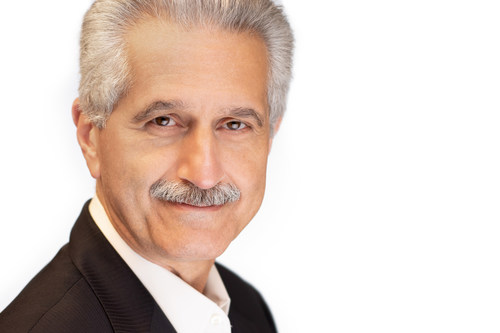College boards and officials should assess owned and leased properties to reduce occupancy costs and generate much-needed liquidity, says Emilio Amendola on AGB’s “Trusteeship Podcast”
MELVILLE, N.Y., Oct. 13, 2022 /PRNewswire/ — Colleges and universities can better support their educational mission by being more strategic about their leased and owned real estate, advised the co-president of A&G Real Estate Partners in an Association of Governing Boards (AGB) podcast.
In the episode of AGB’s “Trusteeship Podcast,” which aired on October 10, 2022, A&G Co-President Emilio Amendola discussed the critical importance of real estate optimization with Cambridge College Provost Stephen Healey and the host, Simmons University President Emerita Helen Drinan.
The podcast host cited inflation and declining enrollments to explain why today’s colleges and universities should consider generating much-needed liquidity by assessing their real estate and space needs.
Amendola, who cofounded A&G and heads the company’s lease restructuring and sales divisions, noted that some college boards and officials are aware of the benefits of selling real estate but overlook the potential to lower occupancy costs by renegotiating or terminating leases.
“Doing so might not be able to monetize and deliver proceeds to the college or university, but it does potentially eliminate an unnecessary expense, which is as good as cash,” Amendola explained. “If you don’t need to spend the money, why do it?”
Both Drinan and Healey shared real-world examples of supporting educational missions by monetizing excess real estate assets. Boston-based Simmons University, for example, realized that its brick-and-mortar needs were declining at the graduate level—creating an opportunity to monetize part of its residential campus, Drinan said.
For its part, the University of Bridgeport (Connecticut), used real estate sales to fund a strategic turnaround and also reduce its debt load during a downturn in international enrollment. Buyers included Goodwin University and the Paier College of Art, now Paier College. “Real estate made all of that possible,” Healey said. “It preserved all those jobs and the service to students.”
Amendola also pointed to the benefits of a generally underused strategy in higher education—sale-leasebacks. “It’s a form of financing—you sell the building but lease it back long-term,” he explained. “You can even build in an ability to buy it back. We’ve had the opportunity to do this for colleges and universities to give them flexibility.”
The first step of the process is an independent review of all assets in the portfolio, whether healthy or distressed, leased or owned. A&G, for example, went site-by-site through one Tri-state area university’s properties to identify non-core holdings and underutilized real estate. “Ultimately, we helped them with disposition of a number of assets and reduced their occupancy exposure to bring in cash and lower their costs,” Amendola said.
The full podcast recording is available at:
Trusteeship Podcast Episode 30: What Boards Need to Know about Real Estate Optimization – AGB
https://agb.org/podcast/real-estate/
Press Contacts for A&G: Jaffe Communications (908-789-0700), Elisa Krantz, 346567@email4pr.com.
SOURCE A&G Real Estate Partners


